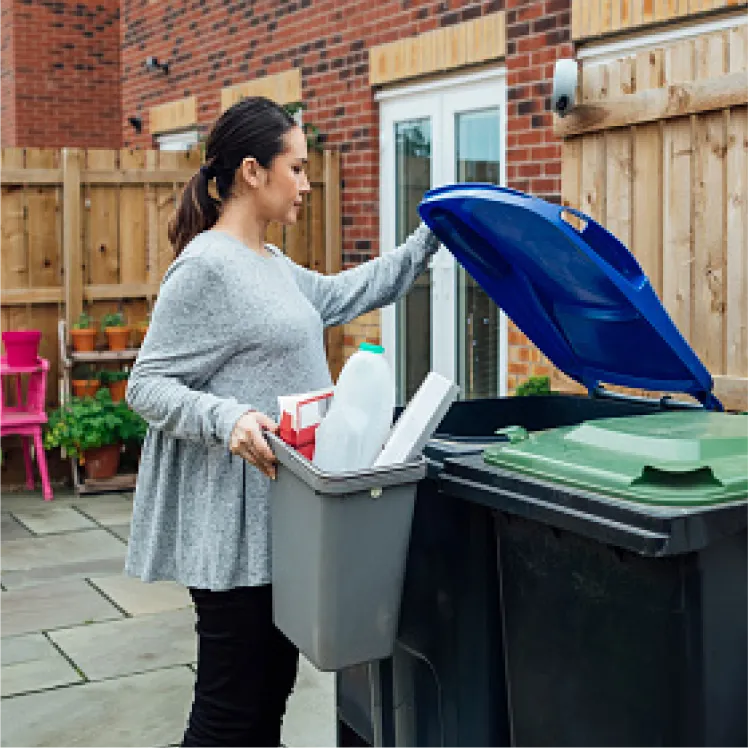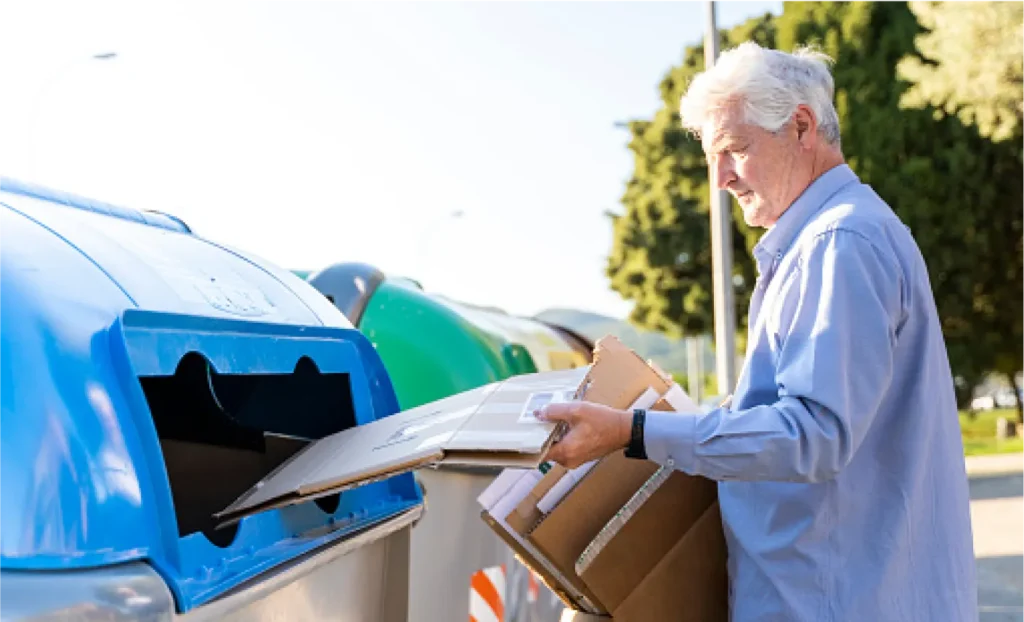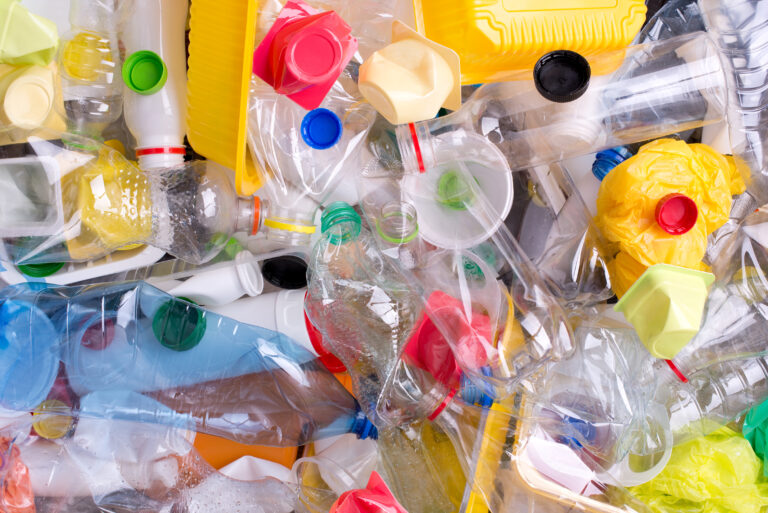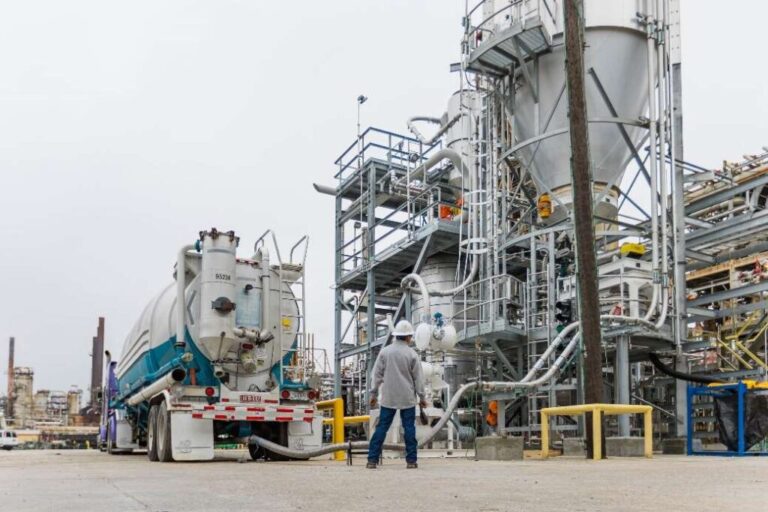

Extended Producer Responsibility
Working Toward Greater Packaging Circularity
The consumer packaged goods (CPG) industry is pursuing substantive commitments to increase the circularity of its product packaging, which happens when the recycled product is better quality, more useful and can be used in more ways. To reduce its environmental impact, the industry is utilizing recycled content, improving the overall recyclability of its packaging materials and investing in the development and improvement of recycling systems, such as reuse and refill systems, and through extended producer responsibility (EPR) policies to build a more efficient and effective recycling system.
EPR Principles
For an EPR program to accomplish these goals, it must include and prioritize several core components:
Standardize recycling programs and definitions across a state, region and ultimately, nationally.
Improve the underlying recycling infrastructure to deliver strong environmental outcomes.
Be based on accurate data and science, including a needs assessment with clear financial and performance targets over a specified period.
Allow for an industry-funded and -run producer responsibility organization (PRO) to assess fees on packaging and determine where/how those funds are spent and manage the system.
Dedicate new funds raised for recycling improvements solely to recycling.
Develop a system with measured input from a wide array of stakeholders, including state, local and federal government, packaging suppliers, the CPG industry and the waste and recycling industry.
Include more than one source of funding, which should be additive and target specific challenges in the recycling value chain. No single funding source should replace or supplant other funding sources.
Apply to and account for a range of material types in the waste stream.
What We Do
Promote uniformity through industry-backed guiding principles to ensure that consumers experience consistent recycling practices, regardless of where they are, to streamline and improve the overall efficiency of recycling efforts.
Advocate for meaningful improvements in the recycling infrastructure to fix the underlying system, achieve stronger environmental outcomes, and direct investments toward enhancing the process, while focusing on long-term solutions that prioritize sustainability over short-term, competitive interests to significantly reduce waste.
Support legislation that aims to expand consumer access to recycling infrastructure and data, which will increase transparency and improve recycling guidance.
Related Resources

Letter
Colorado Producer Responsibility Advisory Board Letter for Implementation

Blog
Global Recycling Day: What Federal Policy Can Do Now to Help Long-Term Recycling Rates

From the News
One Year Later, the Misnamed Packaging Reduction & Recycling Bill Still a Bad Bet for New Yorkers





